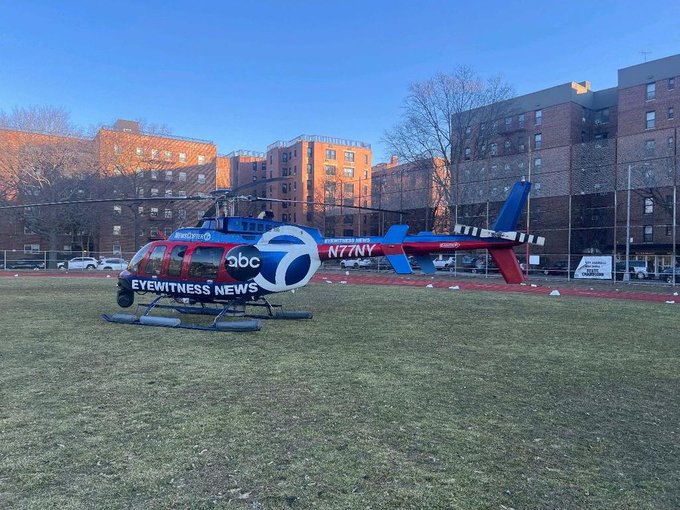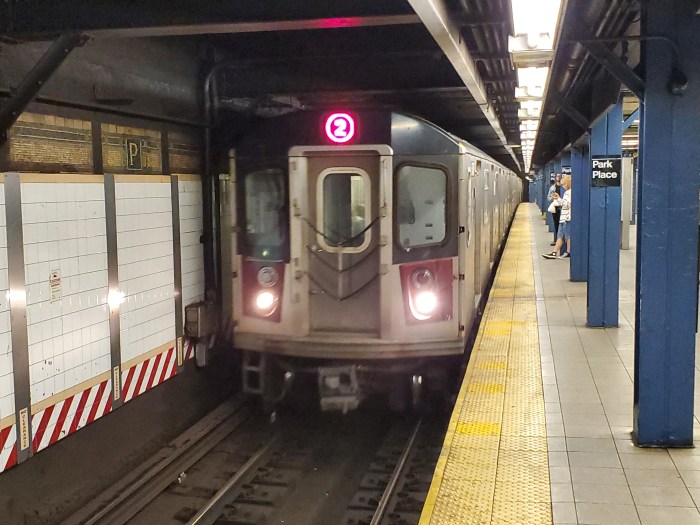
New York City flights are taking off more quickly thanks to new technology for pilot-controller communications, according to the Federal Aviation Administration.
Before a flight can take off, pilots must confirm, or clear, flight plans with air traffic controllers. Until recently, that was done exclusively by radio. Details are misheard and read back — only to be adjusted again if a pilot is found in the middle of a storm.
“Imagine texting while you’re driving down a highway and then Google giving you a reroute in real time,” Charles Cook, the manager of fleet programs and technology at JetBlue Airways. “That’s what it’s like.”
Over the past several years, the FAA has begun working with airlines and airports to phase out the antiquated radio model for a text-based messaging system, known as Data Communications, which allows plans to be sent and confirmed between pilots and controllers with a few keyboard clicks. It’s been a slow switch, which means that the nation’s control towers deal with a mix of old and new technologies.
New York City’s airports are home to the most congested airspace in the country.
Even though only between 7% and 20% of flight clearances use Data Comm now, the new text method has shaved an average of 13 minutes per flight in New York during times of heavy traffic congestion—typically when there’s inclement weather.
“It’s not hard to see why this technology is so beneficial,” said Pam Whitley, the FAA’s deputy assistant administrator for NextGen, a suite of high-tech improvements for aviation operations. The FAA and JetBlue Airways touted the good news to reporters at Kennedy Airport on Thursday.
“Airlines stay on schedule; packages get delivered on time; passengers get off the tarmac; into the air and to their destinations more quickly,” Whitley continued.
Data Comm, a voluntary upgrade for airlines, is one element of NextGen in use at airports in the metropolitan region. There’s also other technology—such as satellite tracking equipment that has replaced radar. But advocates say the FAA must commit to fully swapping out old equipment to truly see the benefits of the new technology. Year after year, the region’s airports rank among the worst major airports when comparing delays because of the crowded skies.
“It is essential for NextGen satellite air traffic technology to be fully implemented in the New York airspace,” said Joseph Sitt, chairman of the Global Gateway Alliance, in a statement. “This chronic congestion not only adversely affects our region, but it also has a ripple effect on air travel throughout the U.S. There has been far too much money and time invested in implementing NextGen to not complete its rollout and make sure air traffic controllers and airlines are using it.”



































